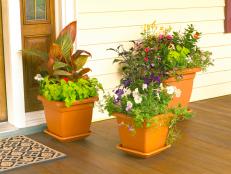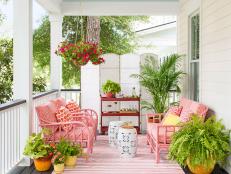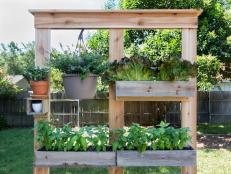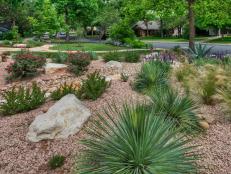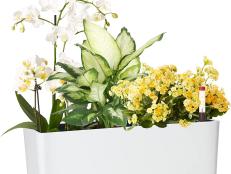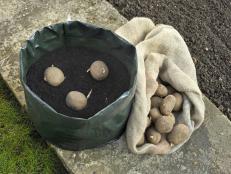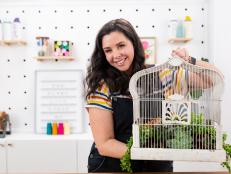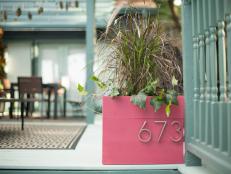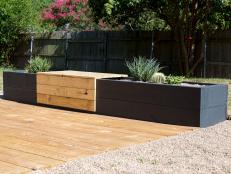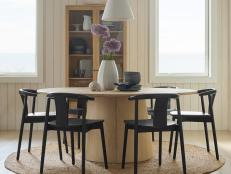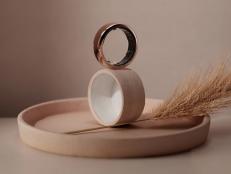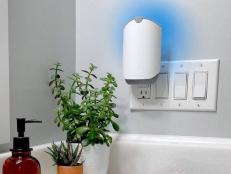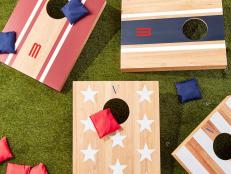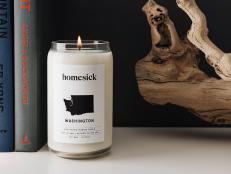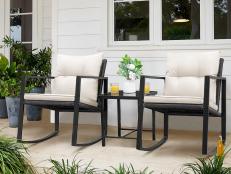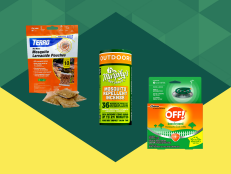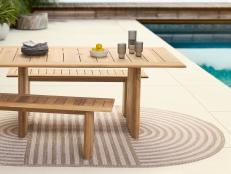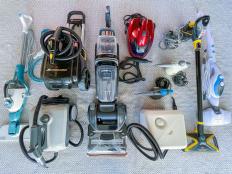Arrange Containers to Maximize Landscape
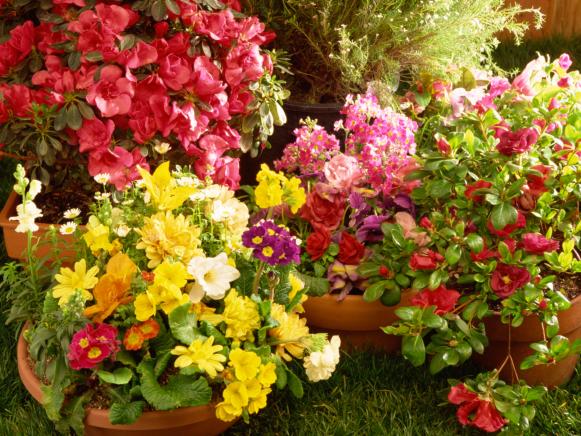
Gardens can be quite interesting if they're designed in a series of distinct spaces made to feel like a little collection of rooms. An easy way to create these garden rooms is by using pots. Container gardener Steve Silk offers tips on how to design and arrange containers to add beauty to the landscape.
Use pots to define garden spaces. Cluster small- to large-sized containers to enclose a garden space or frame a view. Create "hallways" through a space by placing pots with different shapes and sizes to provide a sense of enclosure; place pots on risers to make plants look taller. When creating any kind of garden space, whether it's a room or a hallway, start with a corner. "As long as you have strong corners, it feels much more like a room," says Steve. "Then you can easily connect the dots between the corners and enclose your room."
Add architectural interest with variety in your potted collections. Mix it up with a variety of sculptural plants with strong shapes to draw attention. For example, elephant ear, which is a tropical, has much different needs than agave, which is a succulent. By planting them in individual containers, each plant gets the ideal soil, fertilizer and watering regimen to suit its needs, and you can play around with the various textures, shapes and colors of these plants.
Take advantage of containers as a forgiving (and movable) form of garden design. If you don't like the way the pots look together, simply move one out and another one in until you get something you like.
Use containers as a means of traffic control. If you want to get people to slow down, group as many pots together as possible to form a nice, tight passageway. This naturally causes garden visitors to slow down as they make their way through the space.
Place fragrant plants near walkways for a sensory-enhanced stroll. It's almost impossible to walk right through a space without detecting the fragrance of pineapple sage, scented geraniums, rosemary, lavender and other herbs.
Combine containers with annuals, perennials and other plants in complementary colors. Enhance the look of a colorful pot with matching or contrasting seasonal flowers and foliage.
Even empty pots can be useful in the garden. "Find a pot with a nice sculptural form or beautiful color, and it becomes an art object all on its own," says Steve. Place an interesting pot as a focal point or to anchor a seating area.






